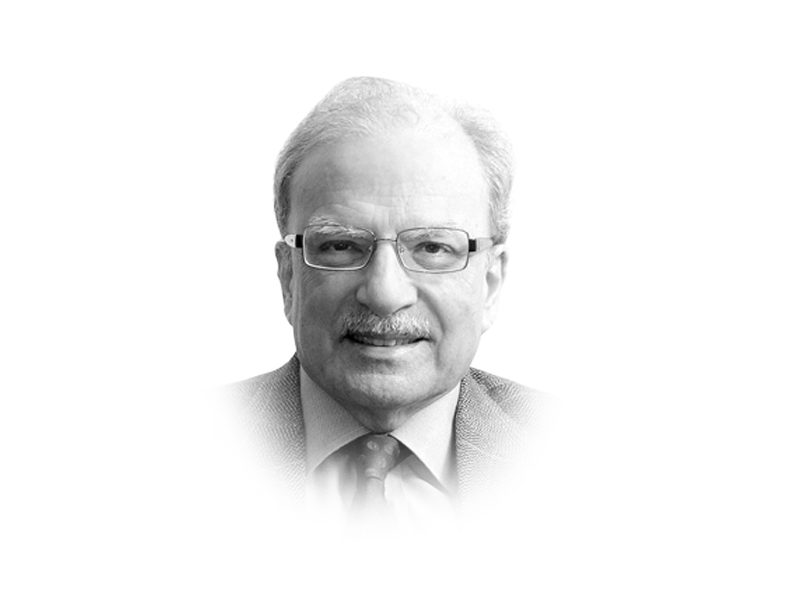
Although Covid-19 originated in Wuhan, a city in central China, in late 2019, it quickly spread across the globe. By early spring of 2021, it had reached almost all parts of the globe. It first arrived in Pakistan via Iran where Pakistani pilgrims came into contact with those from China’s south. Its intensity differed among countries; the data collected and disseminated by the Johns Hopkins University showed enormous differences among nations. Generally, the developed world suffered more than those that were generally referred to as countries in the developing world. Siddhartha Mukherjee, an India-American oncologist who wrote The Emperor of all Maladies, contributed an article to an early March 2021 issue of The New Yorker in which he described living conditions in Dharavi, Asia’s largest slum in the city of Mumbai, India’s financial center. A million residents live in shanties, packed so closely together that they can hear those in the adjacent houses. Conditions of life in the slum met all the circumstances which epidemiologists in the West had identified as causing the spread of the pandemic.
These findings had influenced the making of public policy for dealing with Covid-19. The United States government and those in Europe advised — sometimes mandated — the wearing of facial masks. Frequent washing of hands was recommended as was social distancing. The latter meant maintaining a distance of at least six feet from other people. When effective vaccines appeared, the guidance issued by agencies such as America’s Center of Disease Control and Prevention encouraged people, even if they were vaccinated, to observe the old guidelines. The CDC was of the view that “herd immunity” was the only way of stopping the spread of the disease. That would happen only when some 80 to 90% of the population had been vaccinated or exposed to the virus.
“And there lies an epidemiological mystery,” wrote Mukherjee in The New Yorker article. “The usual trend of death from infectious diseases — malaria, typhoid, diphtheria, HIV — follows a dismal pattern. Lower income countries are hardest hit, with high-income countries the least affected. But if you look at the pattern of Covid-19 deaths reported per capita — deaths, not infections — Belgium, Italy, Spain, the United States, the United Kingdom are among the worst off. The reported death rate in India, which has 1.3 billion people and a rickety, ad-hoc public health infrastructure, is roughly a tenth of what is in the United States.” Mukherjee had some explanations. Age structure of the population may be one reason since the young are less affected than the old. “The Covid-19 pandemic will teach us many lessons —about virological surveillance, immunology, vaccine development, and social policy, among other topics. One of the lessons concerns not just epidemiology but also epistemology: the theory of how we know and what we know.”
Since Covid-19 had easily crossed international borders, it was inevitable that nations would work together for solutions that needed cooperation. Promoting and guiding cooperation among nations was the main responsibility of the World Health Organization. The effectiveness of the WHO was compromised when former US president Donald Trump first stopped funding it with the American share to which it had committed and then pulled out of it altogether. President Joseph Biden, Trump’s successor in the White House, brought the US back into the organisation and resumed its funding. He also used the need for collective action to promote an organisation among four nations to contain the spread of the disease.
On March 11, President Biden invited the heads of governments of Australia, India and Japan to attend a “virtual” meeting with him to write a programme that would help the four countries to work together to prevent the spread of the pandemic. Until the arrival of Biden in the White House, this arrangement among the four countries was informal. It went under the name of the “Quad,” given to it by Shinzo Abe, the then prime minister of Japan. President Biden made the arrangement more formal. It was stated that the main reason for the four leaders coming together virtually was for them to work together to prevent the Covid-19 from doing even more damage to the global health system than it had already inflicted. However, it was obvious that the more important reason for the get together was to contain the spreading influence of China. The only official communication issued after the meeting was an article written by the four leaders for publication by The Washington Post. In the article titled “Our Four Nations are Committed to a Free Indo-Pacific Region”, the leaders recalled the crisis that led to its birth. “In December 2004, the continental shelf on the coast of Indonesia shifted two meters, creating one of the largest tidal waves in modern history and nearly unprecedented humanitarian crisis in and around the Indian Ocean. With millions displaced and hundreds of thousands killed, the Indo-Pacific region sounded a clarion call for help. Together, our four countries answered it. Australia, India, Japan, and the United States — a group of democratic nations dedicated to delivering results through practical cooperation — coordinated rapid humanitarian and disaster relief to people in need. Our cooperation known as ‘the Quad,’ was born in crisis. It became a diplomatic dialogue in 2007 and was reborn in 2017.” The leaders did not say — but clearly implied — that the 2017 crisis was the threat they felt by the rise of China.
With climate change and a raging pandemic hitting all parts of the world, the Quad leaders once again called for close collaboration amongst them. Although they did not mention what they saw as a threat posed to them by China, it was clear that its rise was in their mind and collective consideration. “Over the course of these past months, each of us had grieved the suffering that our people and the world have endured. But in this dark hour, our partnership offers a spark of hope to light the path ahead. Our foundations of democracy and commitment to engagement unite us. We know we can provide for the safety and prosperity of our people at home by confronting global crises together with purpose and resolve. We summon from tragedy the strength and resilience to unify and overcome. And we recommit ourselves, once again to an Indo-Pacific region that is free, open, secure and prosperous,” concluded the Quad leaders in their newspaper article.
If Beijing was hoping for a lighter touch in relations with America under President Biden compared to the one applied by Trump, that was not happening. The new president brought focus to Asia as the cornerstone of America’s approach to the world adopted by president Barack Obama. Trump’s “America first” approach meant going alone. Biden, using the opportunity created by the Covid-19 pandemic, favoured walking in step with allies in Asia. To this end he followed the Quad virtual meeting by sending his Secretaries of State and Defense to Japan and South Korea. From there the Defense Chief was to go to India. These visits were in anticipation of a high-level meeting with the Chinese at Anchorage, Alaska.
Published in The Express Tribune, March 22nd, 2021.
Like Opinion & Editorial on Facebook, follow @ETOpEd on Twitter to receive all updates on all our daily pieces.



1732266251-0/Josh-Brolin-(1)1732266251-0-165x106.webp)
1732266343-0/BeFunky-collage-(82)1732266343-0-165x106.webp)








COMMENTS
Comments are moderated and generally will be posted if they are on-topic and not abusive.
For more information, please see our Comments FAQ